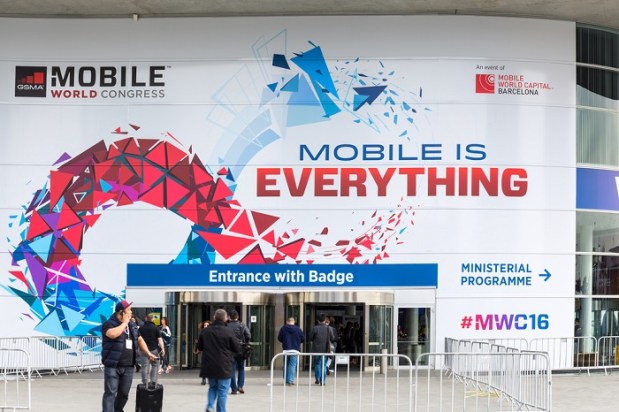Verizon And AT&T Trade IoT Warning Shots At MWC

This year’s Mobile World Congress featured plenty of focus on the actual mobile devices that make up the conference’s name, but that didn’t stop some of the major players in attendance from showing clear indications that they’re already in the process of maneuvering their biggest guns toward the next target of mobile device business: the Internet of Things.
The news started fast and furious on Monday (Feb. 22) when Verizon announced that it had finalized a collaborative deal with developers like Ericsson, Intel and Nokia to field test 5G networks. Though specific details on the tests were scarce, Verizon explained that it was experimenting with signal transmission from indoor to outdoor environments across residential and commercial structures. Regardless of the stresses, Verizon claims its prototype 5G network achieved “multiple gigabits per second speeds,” and the latency was “in the millisecond range across varied distances.”
“We plan to expand this testing significantly over the next several months. With innovation occurring so rapidly, we want to quickly make some key technical decisions and move rapidly to pre-commercial form factors and testing later this year,” Adam Koeppe, vice president of network technology planning at Verizon, said in a statement. “We are also collaborating closely with our peer operators in the Asian markets as we are very much aligned towards implementing 5G technology in 2017.”
If there are any observers who have their ears perked up during MWC, it’s everybody else’s competitors. True to form, AT&T Chief Strategy Officer John Donovan wasted no time telling Reuters that very same day that his company actually has the leg-up on Verizon as far as the next generation of wireless connectivity goes. As a result of AT&T’s acquisition of DIRECTV last year, AT&T was mandated by federal authorities to build fixed-line, high-speed Internet connections to an estimated 12 million more Americans within its markets. While it may have been a pain in AT&T’s back at the time, Donovan is singing the infrastructure expansion’s praises now.
“That early use case in fixed is actually very interesting,” Donovan said. “We are in a better position because we have a fixed-line proposition, which is becoming much more interesting now with 5G.”
Bragging about the capabilities of one’s not-yet-available network may impress investors, but it won’t get the blood pumping for AT&T’s consumers. If the company really does have the more muscular next-generational wireless networking, why doesn’t it put it to the test?
“AT&T and Intel will be testing how the network can enable the most exciting business use cases for drones,” explained Chris Penrose, AT&T’s senior vice president for IoT solutions, in a statement. “Our LTE network is uniquely positioned to connect industries like delivery, agriculture, construction and insurance. We’re using the network to transfer important information, images and video quickly and efficiently — far beyond the boundaries of short-range connectivity.”
With both AT&T and Verizon drawing their lines in the yet-to-come IoT sands, it begs the question why these industry standbys are pegging so many resources on perfecting a technology that’s yet to put forward a killer product, like the iPhone, for example. But, as Chris Antlitz, retail analyst at TBR, told Computerworld in a January interview, these telecom and mobile device companies might not have much else of a choice.
“What we are seeing is that the traditional market that both carriers go after is saturated, since pretty much everyone who has wanted a cell phone already has one,” Antlitz said. “They are both trying to grow new businesses and investing heavily in the hope they can offset the price war that’s eating into their traditional business.”
At MWC 2016, the message surrounding IoT was one of potential and promise from Verizon and AT&T. Given how rapidly new tech can change just about everything, who knows if the tenor of next year’s conference announcements on IoT will take on a more desperate tone?
